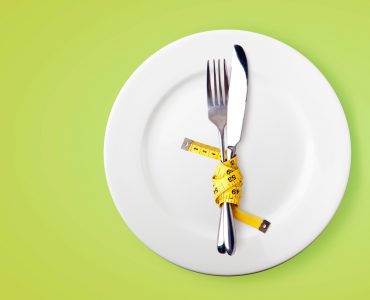The Palaeolithic diet, also known as the paleo diet, the hunter-gatherer diet, and the Stone Age diet, is a plan based on the foods theoretically eaten by humans and human ancestors during the Palaeolithic period. The Palaeolithic time period lasted about 2.5 million years and ended when people began to farm about 10,000 years ago.
The modern Palaeolithic diet incorporates easily available foods and includes fish, meat, vegetables, nuts, and roots. Participants in the Palaeolithic diet do not eat legumes, grains, dairy products, processed sugars and oils, or salt.
The theory behind this diet is that humans are genetically programmed to eat the diet of their hunter-gatherer ancestors and that while foods have changed, especially since the advent of agriculture, our genetic predisposition has not. Advocates contend that the modern obesity crisis is a result of humans not eating their natural diet. As evidence of the veracity of their claims, they point to modern populations who eat a traditional diet similar to the Palaeolithic diet and have lower incidences of many diseases.
The Palaeolithic diet has been designated a “fad” diet by the American Dietetic Society and the National Health Service of England. It’s a controversial plan for a number of reasons, especially because many anthropologists feel that the modern version of this diet is quite different from what would have been eaten by our ancestors. It also lacks whole grains and other nutrients which have been proven beneficial to a modern diet.












